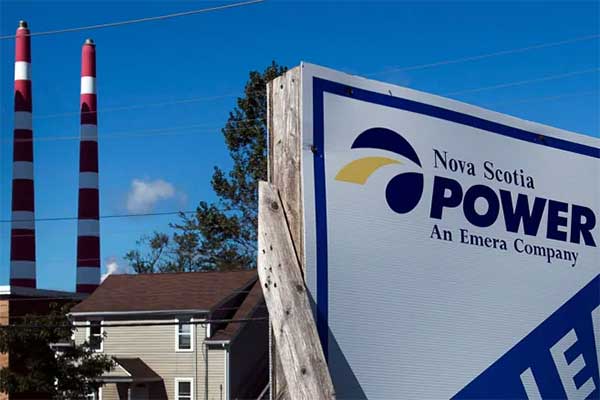- The unveiling of commercial net-metering for Class 2 solar installations by Nova Scotia Power paves the way for a robust solar energy sector in the province.
- This initiative, stemming from amendments to the Nova Scotia Electricity Act, is expected to drive the growth of larger solar installations across communities.
- As the terms and conditions are being finalized, the move signifies a progressive step towards achieving energy resilience and reducing greenhouse gas emissions in Nova Scotia.
The anticipation that enveloped renewable energy enthusiasts and stakeholders has finally met fruition as Nova Scotia Power has begun accepting commercial net-metering applications for Class 2 solar installations, with a capacity of up to 1 megawatt (MW).
This initiative is a result of changes to the Nova Scotia Electricity Act made by the Government of Nova Scotia last year, paving the way for a more robust solar energy infrastructure in the province.
Net-Metering: A Step Towards Energy Resilience
Net-metering is a crucial mechanism that enables the owners of solar energy systems to feed excess power back into the grid, effectively reducing their electricity bills while contributing to the province’s energy resilience.
Since its inception in 2010, Nova Scotia’s net metering program has enabled homeowners and businesses to connect renewable energy systems to the grid, with solar being the predominant technology used. The program underwent significant amendments in 2022, lifting the previous 100 kW cap to allow for up to 1 MW of on-site renewable energy, aiming to reduce electricity costs and accelerate decarbonization in line with the province’s net-zero by 2050 targets.
Implications and Future Prospects
The Enhanced Net Metering program further promotes renewable energy usage by allowing participants to connect small renewable projects to the distribution grid, receiving credit for electricity fed back into the grid. By allowing larger solar installations through commercial net-metering, the province is setting the stage for a significant increase in solar energy adoption.
Although the terms and conditions for this initiative are still being finalized through the Utility and Review Board (UARB) process, the move is widely recognized as a pivotal step towards achieving greater energy sustainability and reducing greenhouse gas emissions in Nova Scotia.
What’s Next?
The acceptance of commercial net-metering applications for Class 2 solar installations is poised to drive the growth of larger solar installations across communities in Nova Scotia. This development, in collaboration between the provincial government and Nova Scotia Power, is expected to stimulate local economies, create job opportunities in the renewable energy sector, and propel Nova Scotia towards its goal of energy independence.
The changes signify a positive trend towards broader renewable energy adoption and economic opportunities in the province, aligning with both provincial and national clean energy goals. As the province awaits the finalization of the terms and conditions through the UARB process, the foundation for a more sustainable and solar-driven energy framework is being laid, marking a significant stride towards achieving both provincial and national clean energy goals.











Comments